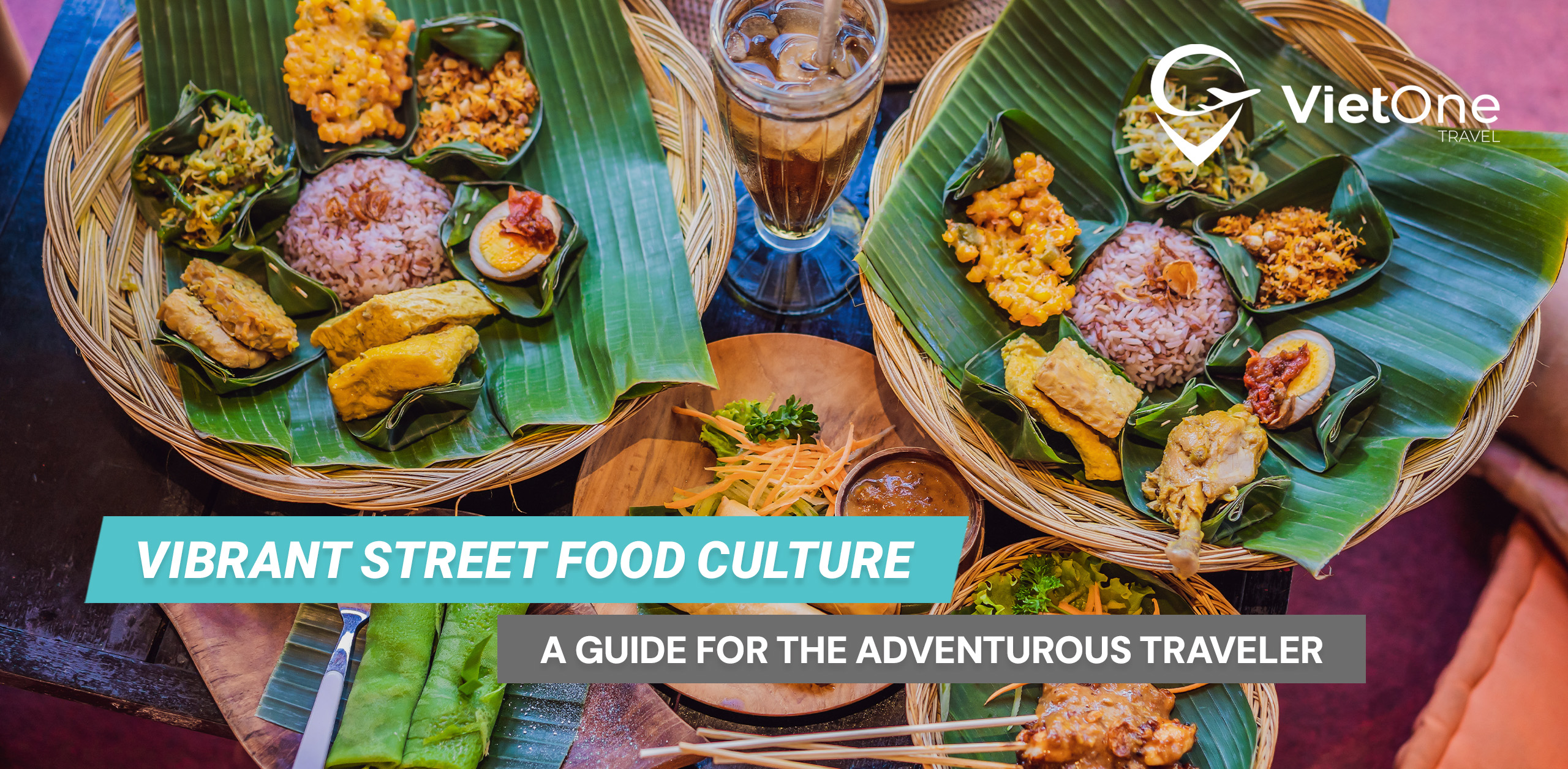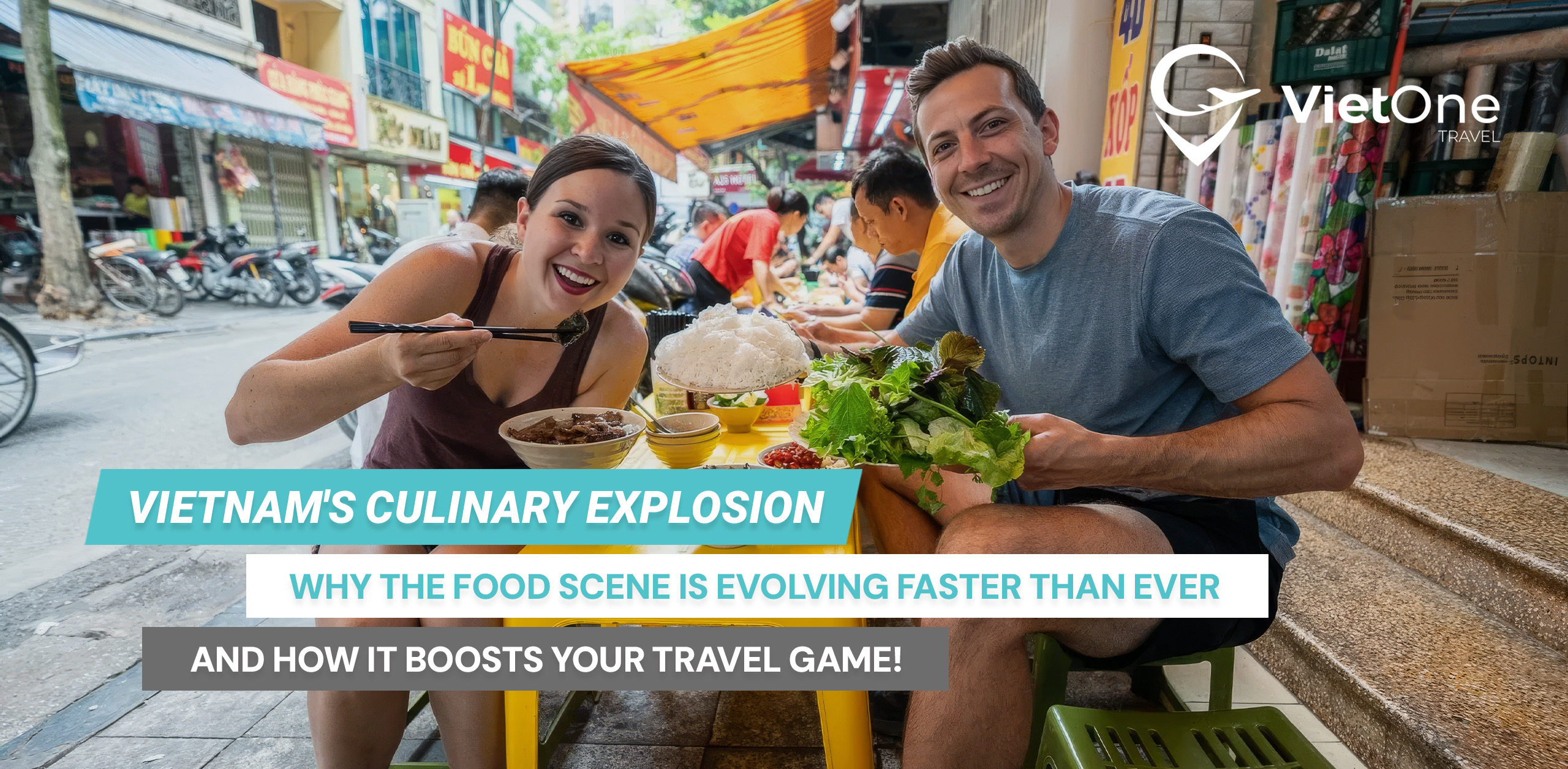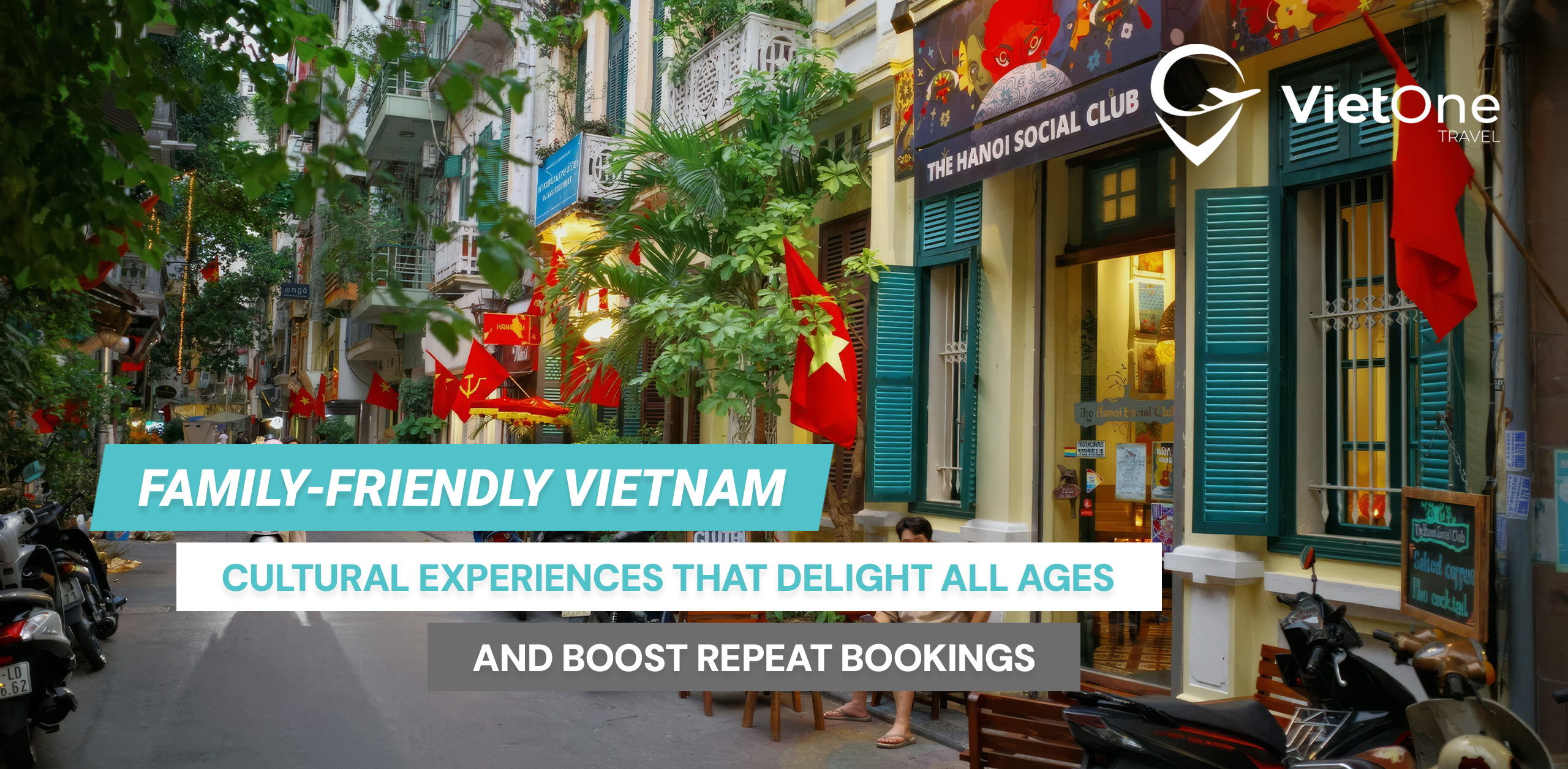Hello, travel pros! At VietOne Travel, we’re passionate about keeping you in the loop on Vietnam’s evolving landscape—especially when it means fresher air and more sustainable adventures for your clients. As we hit mid-2025, exciting changes are underway in our bustling metropolises, Hanoi and Ho Chi Minh City, aimed at tackling air pollution head-on. These initiatives aren’t just about environmental wins; they’re opening doors for eco-conscious tourism that could make your packages even more appealing. Let’s dive into the latest efforts and what they mean for your next group or incentive trip!
Starting with the headline-grabber: Hanoi is set to ban gasoline-powered motorbikes in its central district—specifically within Ring Road 1—beginning July 1, 2026. This bold move, directed by the government just last week, targets the heart of the city where traffic fumes contribute heavily to smog. Imagine the Old Quarter or Hoan Kiem Lake area buzzing with electric scooters and bikes instead—quieter, cleaner, and way more inviting for walking tours or cultural immersions. It’s part of a larger strategy to phase out fossil-fuel vehicles, promoting electric alternatives and reducing emissions that have made Hanoi one of the world’s smoggier spots. For travel agents, this spells opportunity: Think curated e-bike excursions or low-emission transfers that align with your clients’ green preferences!

But Hanoi’s not going it alone—Ho Chi Minh City is right there in the mix. Both cities have been tasked by Deputy Prime Minister Tran Hong Ha to bring air quality to safe, human-health-friendly levels within the next five years. In HCMC, similar pushes include expanding low-emission zones and ramping up public transport options like electric buses and urban rail systems. The government is investing big in green infrastructure, from road cleaning to cut down dust to traffic regulations that ease congestion. Plus, there’s a national drive toward mobility electrification—encouraging EVs and hybrids to replace traditional gas guzzlers. These steps are timely, as recent conferences like the National Scientific Conference on Combating Air Pollution in April 2025 and AIRPACT VIETNAM 2025 in July highlighted innovative solutions from global experts. We’re talking clean energy shifts, better monitoring networks, and sustainable transport that could transform city explorations into healthier, more enjoyable experiences.
On a national level, Prime Minister Pham Minh Chinh’s Directive No. 20 from July 12, 2025, calls for urgent actions against severe pollution, including stricter emissions controls and community campaigns. Vietnam’s learning from international best practices—think Beijing’s pollution-fighting playbook adapted for our vibrant streets. The goal? Not just compliance with air quality standards but a real boost to public health and urban livability. For your clients, this means clearer skies for rooftop dinners in HCMC or temple visits in Hanoi, with less worry about haze spoiling the view.

Why should this excite you as a travel professional? Cleaner cities mean happier, healthier travelers—and a chance to market Vietnam as a forward-thinking, eco-friendly destination. At VietOne Travel, we’re already adapting our services to these changes: From electric vehicle transfers in Hanoi to sustainable urban tours in HCMC that highlight green initiatives. We can help you craft itineraries that showcase these efforts, like visits to new low-emission zones or workshops on Vietnam’s clean air journey—perfect for corporate groups seeking responsible travel options.
Ready to breathe new life into your Vietnam offerings? Swing by our website to chat with our team about tailoring eco-smart packages. Let’s make 2026 the year your clients experience a fresher, more vibrant Vietnam—together!





